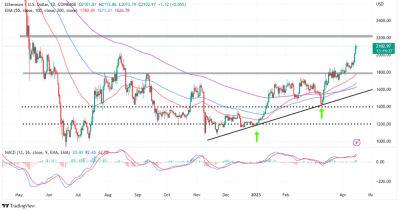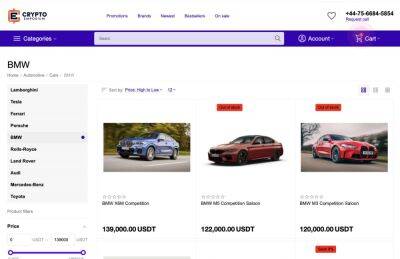GMX and dYdX go head-to-head for the top decentralized derivatives position
The top two decentralized derivatives platforms, dYdX and GMX, are head-to-head concerning liquidity and trading volumes.
The perpetual swap daily trading volume on dYdX ranged between $340 million and $2.6 billion in March, per CoinGecko data. In comparison, GMX did less than $500 million in daily trading volumes.
The open interest (OI) volume, which measures the number of contracts traders hold on both exchanges, is closer than trading volumes. CoinGecko reported that GMX’s OI has ranged between $170 million to $200 million since March 2023 on Arbitrum alone. At the same time, dYdX’s OI volumes have stayed between $330 million to $260 million.
Notably, the ratio between trading and OI volume on dYdX is higher than GMX. The inflation of trading volumes on dYdX can be explained by the DYDX token incentive to boost trading volumes. A report from IOSG ventures noted,
“In cases where incentives are explicitly targeted at trading activity, like with dYdX, it remains difficult to determine the extent to which the trading volume would exist without such rewards.”
On the other hand, GMX’s model of pitching liquidity providers in GLP token holders against traders has fared in facilitating zero-slippage trading. The incentivization of liquidity through GMX token led to a more organic rise in GMX’s trading volume.
In terms of total locked value, GMX outpaces dYdX by 1.7 times, with $627 million deposited in GMX versus dYdX’s $356 million, per DeFi Llama.
Comparing the trading and OI volume and liquidity, there’s no clear winner of the two. Thus, the competition for the top spot in decentralized derivatives trading is up for contention.
Both exchanges have advantages and shortcomings, with updates lined up for this year to improve their
Read more on cointelegraph.com














